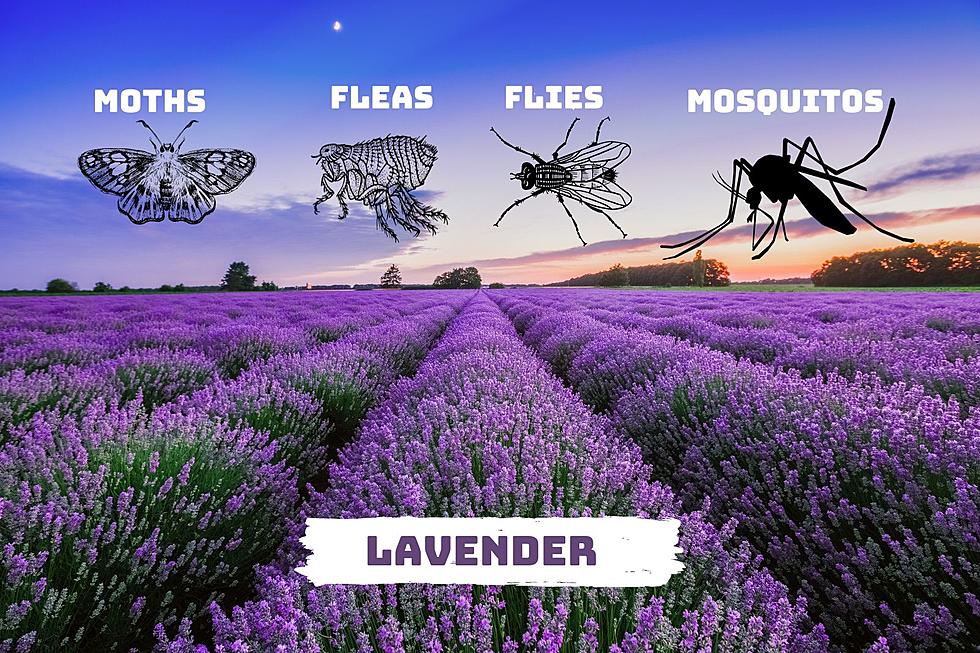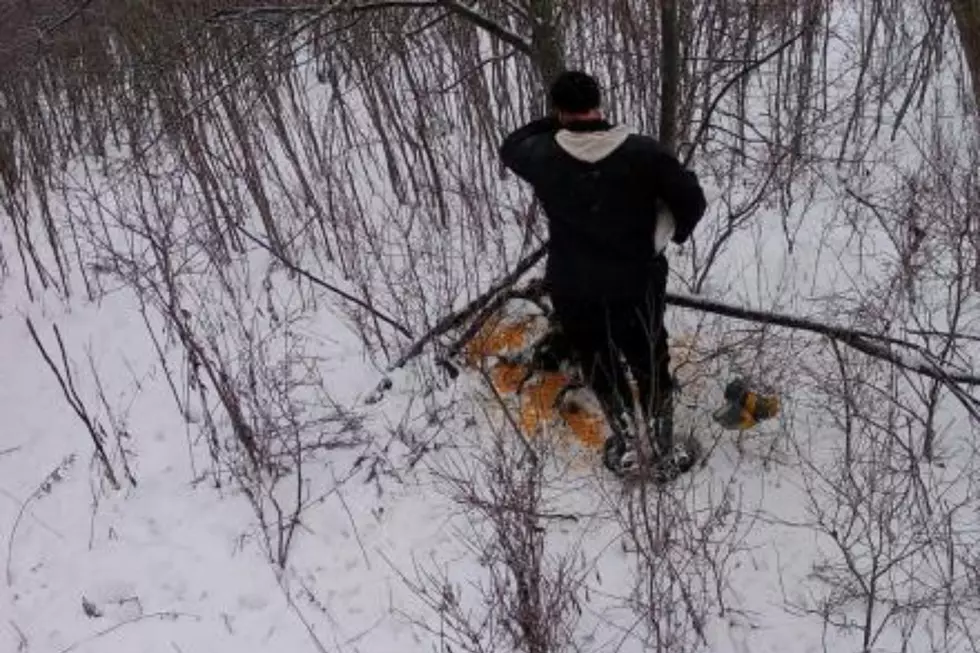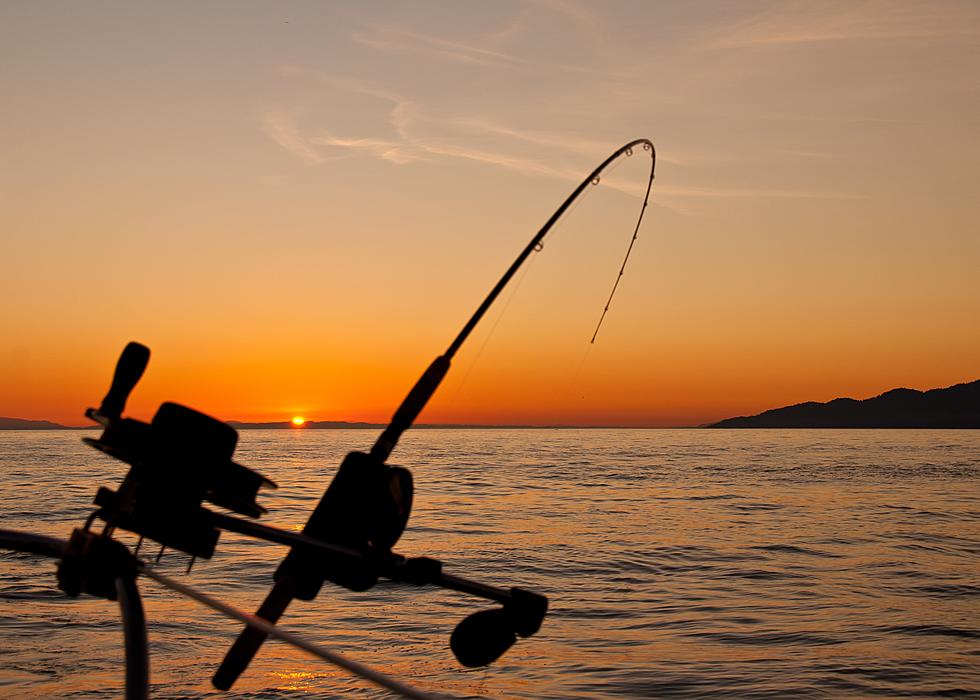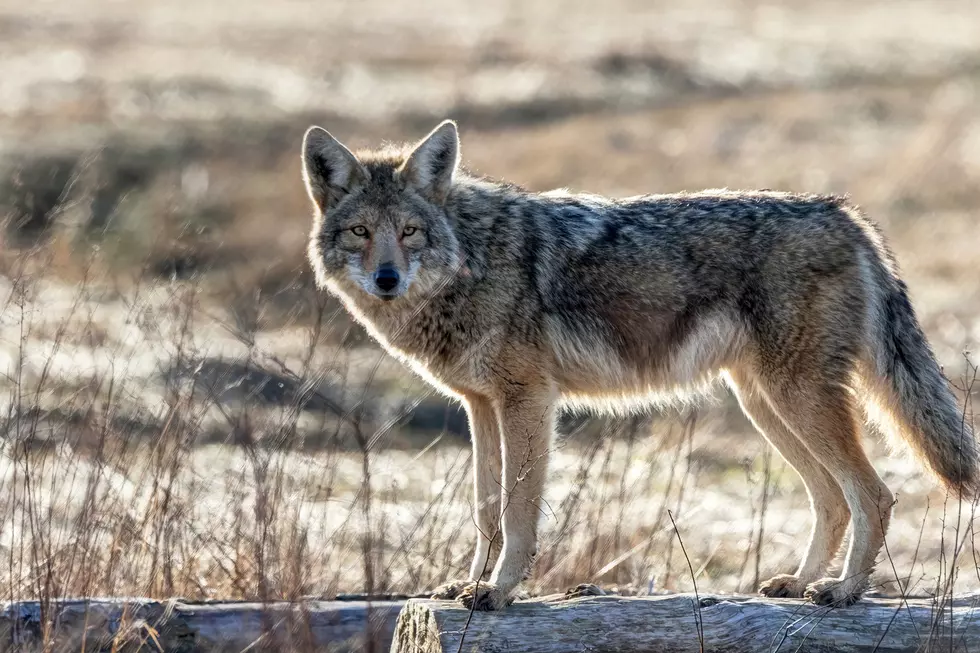
What Weeds Are Growing in Your Field?
Jeff Miller with Cornell Cooperative Extension frequently speaks about the importance of scouting your fields as crops begin growing, Jeff is encouraging farmers to scout their fields again, this time for weeds. Here's his tips on identifying them.
Scouting for weeds now can help with their control next season. At this time of year we have fully mature weeds in our fields. This is the best time to identify these weeds because you have a chance to look at all of the parts of the mature weed to help in identification.
First, walk each field, make a crude drawing of the field and make notes on the map showing the location of major weed infestations and make a notation like “quack grass followed by high, medium or low population in the location on the drawing of the field.
Grab samples of the weeds you can’t identify including their roots. Divide your weeds into two groups: grasses and broad leaf weeds. Then look at the broad leaf weeds and separate them into two piles: those weeds with leaves that are opposite of each other on the stem and those that are not. You will use characteristics like leaf arrangement, leaf shape and leaf margin types to identify your broad leaf weeds. Grasses are identified grossly by type of seed head, and length and width of leaf blades but, ultimately by small structures where the leaf blade meets the stem.
Now you will have to get out a weed book: Here are a few really good resources you can purchase if you don’t have a good weed book at home.
- Weeds of the Northeast by Richard Uva, Neal and DiTomaso
- Identification Guide to the weeds of Quebec (MAPAQ)
- Newcombs wildflower guide by Newcomb and Morrison
- Identifying pasture grasses by Undersander, Casler and Cosgrove.
When you have identified the weeds you will know if they are summer or winter annuals, biennials or perennials. This will help with determining if cultural practices like tillage can be used for their control. You can also read the list of weeds controlled on herbicide labels to determine what products will control the list of weeds you have in your field. You can also find some online help with this weed identifying program from Penn State University.
SOURCE: Cornell Cooperative Extension - Jeff Miller
More From Big Frog 104









